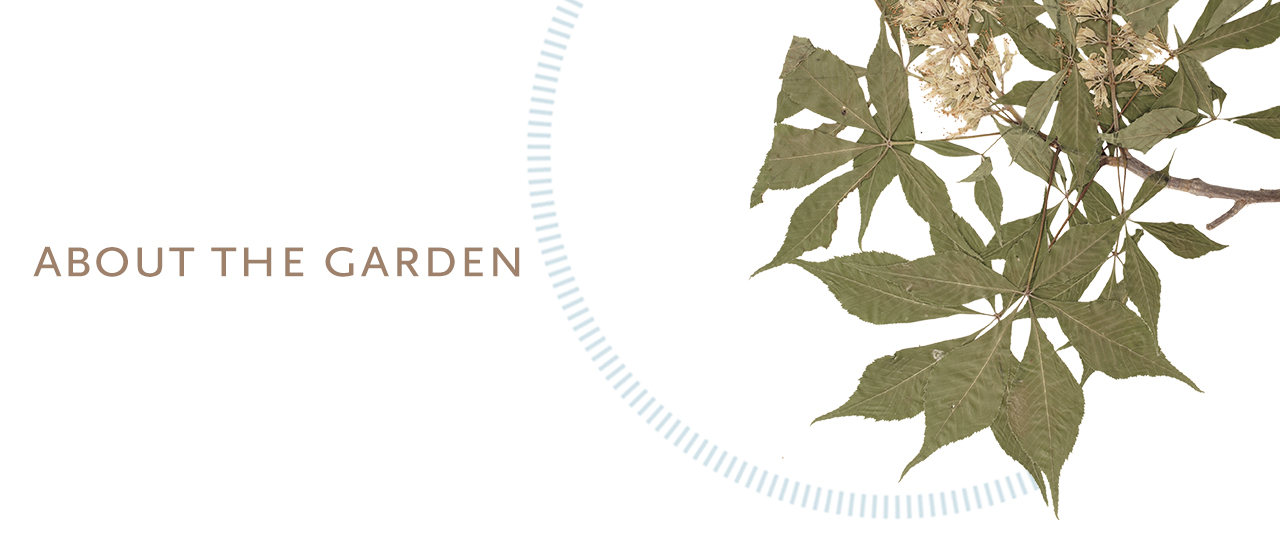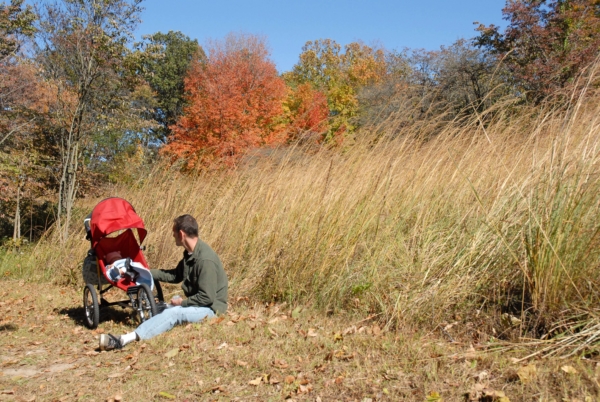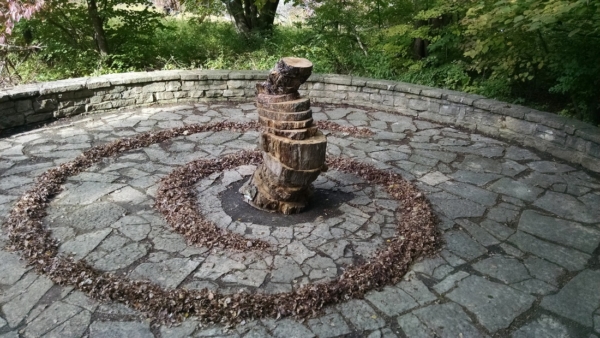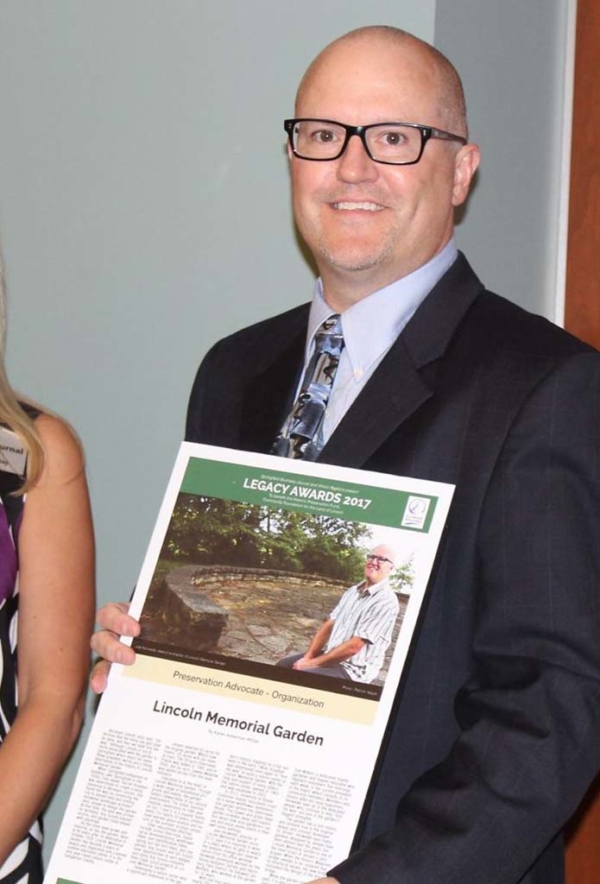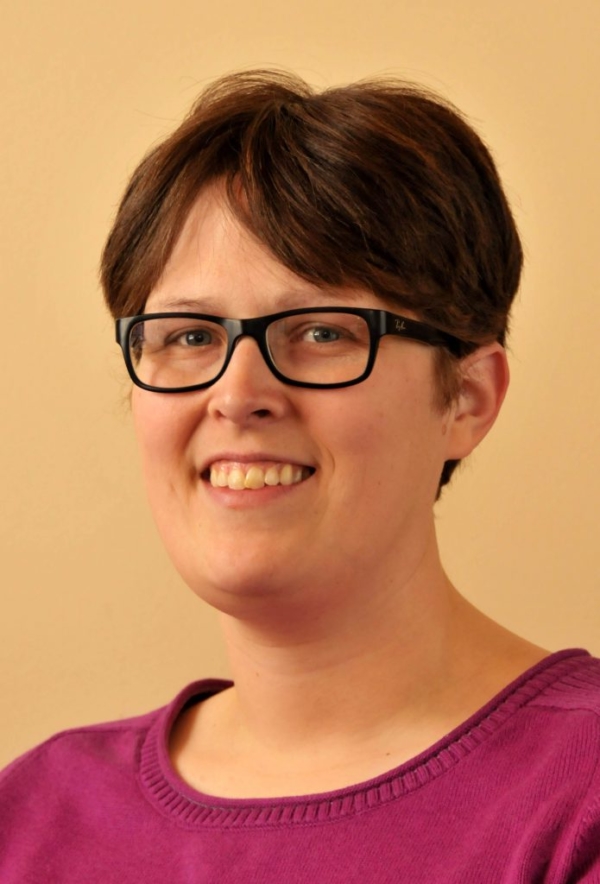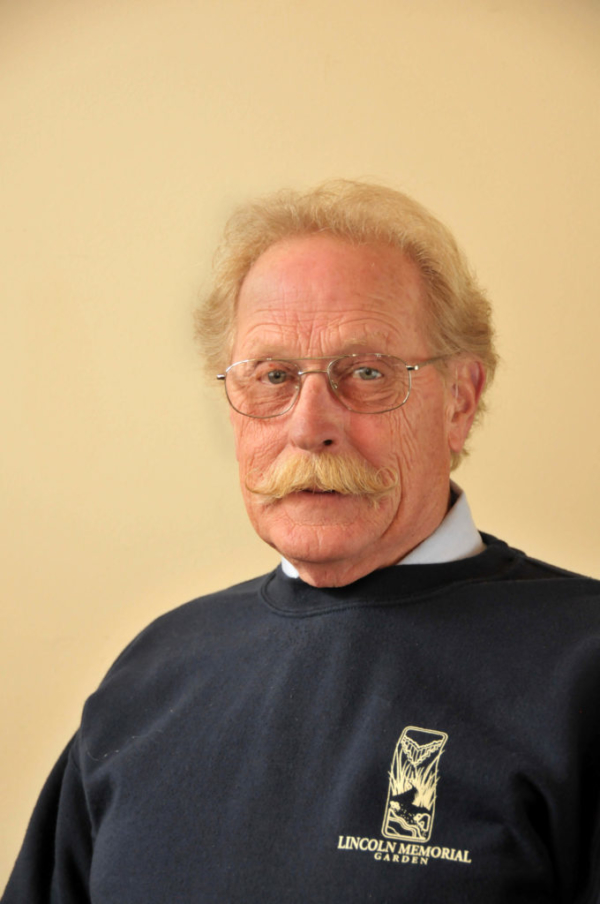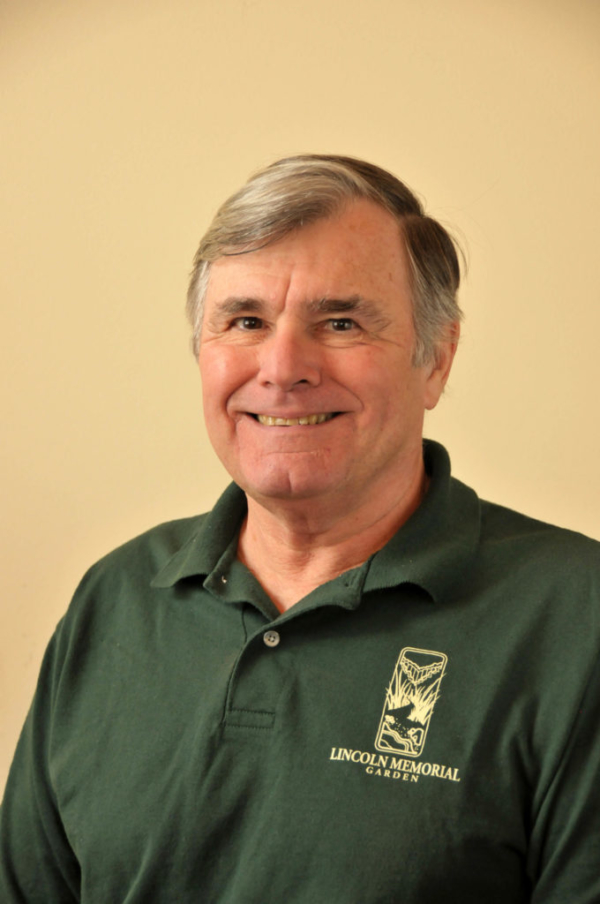Abraham Lincoln Memorial Garden Foundation
The Board of Directors consists of no more than 25 members including the officers of the Foundation and three ex-officio members who are the President of the Garden Clubs of Illinois, Inc., the President of the Springfield Civic Garden Club, and a past president of the Foundation. Board members can serve two consecutive three year terms. Terms are staggered. Meetings are held on the second Wednesday of the month at 5:30 p.m.
The current board members are Dick Adorjan, Brent Beeman, John Buhnerkempe, Denny Cocagne, Max Comstock, Meggie Davlin, Drew Davis, Susan Flanagan (Secretary), Scott Germeraad, Mary Grundel, Sharon Kwedar, Richard McDaniel, Sally Noble (President, Springfield Civic Garden Club), Steven Read (Past President), Lori Reardon, Bridget Selinger, Tom Skelly (Treasurer), Melissa Skinner-Liberman, Cathy Slater (President Elect), Crystal VanDeventer, Tom Wilkin (President), Wendy Weisenburn, Kathy Wright, and Anita Bierbaum (President, Garden Clubs of Illinois.)
Our Mission
The mission of Lincoln Memorial Garden is to honor the memory of Abraham Lincoln through re-creation of the native landscape he would have known, and to serve as a place to find inspiration in the changing seasons, learn stewardship of the environment and explore the relationship among plants, wildlife, water and sunlight in an atmosphere of peace and beauty.
History
An Idea Takes Hold
It was the 1930s and Springfield was in the midst of a major building project – a 4,000 acre lake. Springfield civic leader Harriet Knudson was asking herself a question. What if a garden could be created in Springfield, Abraham Lincoln’s hometown, to honor our 16th President. She envisioned a unique living memorial to Lincoln, a garden composed of plants native to Kentucky, Indiana and Illinois, the three states in which Lincoln had lived.
This kernel of an idea took hold and Mrs. Knudson was unstoppable.. She went to work, first convincing the city of Springfield to donate land along the shore of the new lake. Then, as a founding member of the Springfield Civic Garden Club, she persuaded the Garden Clubs of Illinois to take on creation of this garden as a special project. To top it all off, she was then able was able to convince 74-year-old of Jens Jensen, one of the nation’s foremost landscape architects, to design the unusual living tribute.
Noted Landscape Architect Takes the Challenge
Jensen had already achieved considerable recognition. A contemporary and associate of Frank Lloyd Wright, he was a leader of the Prairie School of landscape architecture and was one of Illinois’ earliest conservationists. His list of accomplishments was long and impressive. He had designed several Chicago city parks, the estates of both Henry and Edsel Ford in Michigan, the showplace estates of several Chicago businessmen in the city’s North Shore area, and landscapes and parks throughout the Midwest.
The Design Takes Form
Jensen initially selected a 63 acre site consisting of farm fields and a few sparsely wooded areas, where intermittent streams flowed through gently sloping terrain down to the emerging lake. His basic plan for the Garden incorporated a series of connected paths bordered by various arrangements of native plants. The design included eight council rings, circular stone benches to provide inviting, casual relaxation spots for Garden visitors.
Along the lanes extending from these rings are groupings of native plants amid groves of oaks and hickory trees, open meadows supporting sun-loving prairie species, and other groupings of small flowering trees and shrubs that Jensen used to form borders between the meadows and the woods.
Though Lincoln probably never walked through the area now occupied by the Garden, Jensen’s design concept was to create a sense of the Midwest landscape that would have been familiar to Lincoln. Jensen’s use of native plants achieved this goal; the oaks, maples and hickories, as well as the prairie grasses and forbs—Lincoln could probably have named them all. The first planting at the garden occurred on Nov. 14, 1936, when Boy Scouts and Girl Scouts planted acorns that have grown into today’s towering oaks at the site. The old farm fields against which Mrs. Knudson and Jensen saw their vision are today a mosaic of mature uplands woods and prairie openings.
Volunteers are key to development, upkeep
Volunteers were essential to the Garden from its very beginning. It took several years and hundreds of these volunteers to complete the initial planting of trees and flowers. Nearly 50 garden clubs and other organizations from around the state helped with plantings. Women wearing the ankle-length dresses of the day would take shovels, buckets and drinking water to remote locations for long days transplanting material specified in Jensen’s design. Much of the plant material had been collected from roadsides, railroad rights-of-way and other natural areas.
Through the years the Garden has developed with the help of people who have generously donated their time and funds to develop and maintain this remarkable garden. One of these extraordinary individuals was Mrs. Myrtle Walgreen, a good friend of Harriet Knudson and the wife of Walgreen Drug Store founder Charles Walgreen. To help raise much needed funds, she sponsored an annual garden tour of the Walgreen’s estate in Dixon, Illinois. This fund-raising effort eventually helped to build the Nature Center, which first opened in 1965. This building provided a center for educational programs and space for the “Split Rail Shop.” The Nature Center was remodeled and updated in 2003.
We Keep Growing
In 1995 the Garden was expanded to include the 29-acre Ostermeier Prairie Center at the south edge of the Garden. This area features a prairie restoration area with prairie grasses and seasonal wildflowers, a small pond, public rest rooms, a covered picnic area and a half-mile accessible trail.
In August of 2000, the Garden expanded again to include the Cawley Meadow, a six-acre property across the street from the Garden’s main entrance. This area has become home to the Garden’s biggest annual event, Indian Summer Festival. The addition of this area minimizes any wear and tear on the historic garden by moving the festival-goers to the meadow to enjoy the entertainment, vendors and fun that comes with this important fundraiser for the Garden.
In 2013 a team of University of Illinois Extension Master Naturalists and Master Gardeners established a native wild flower demonstration garden behind the Ostermeier House, providing more teaching opportunities at the Garden. Plans are underway for a second such garden – a demonstration shade garden.
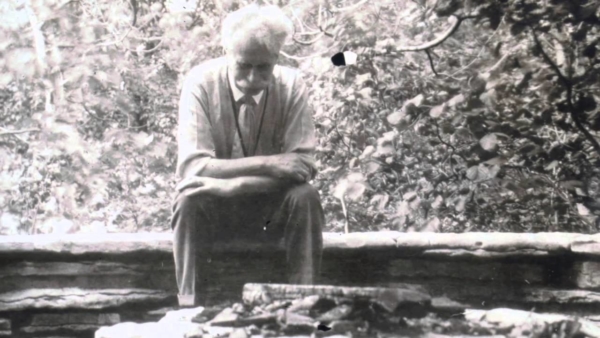
Jens Jensen
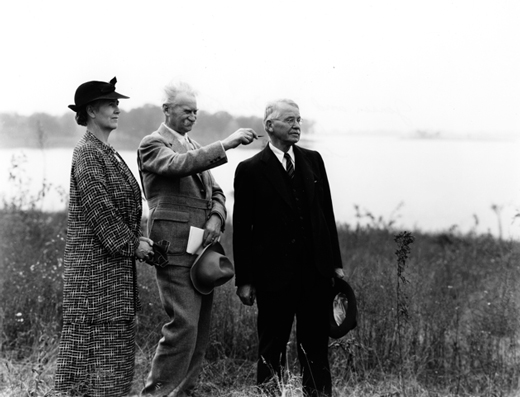
Harriet Knudson & Jens Jensen
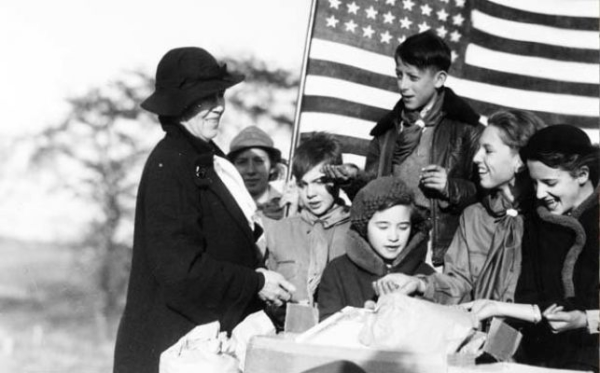
Acorn planting
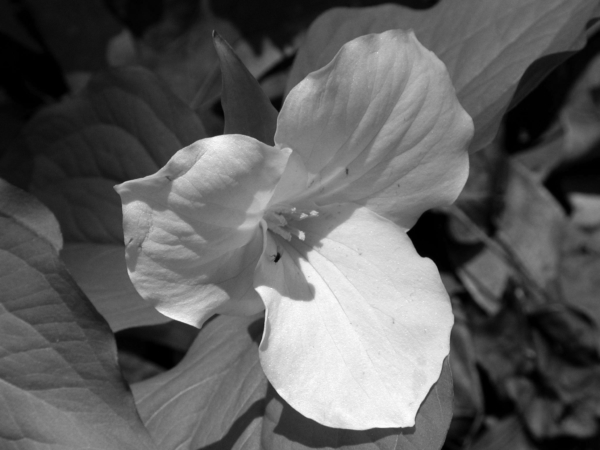
The Garden continues to grow
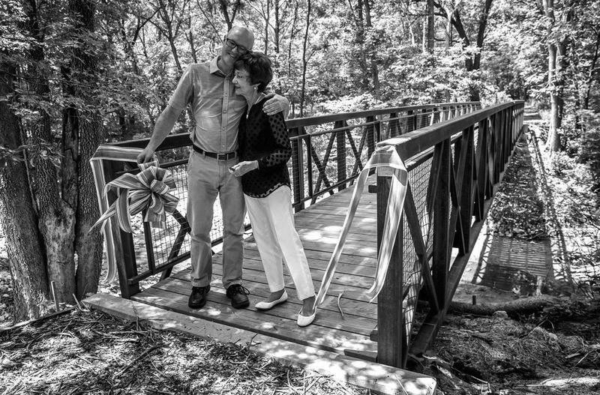
Lincoln Memorial Garden reopened the Walgreen Bridge in the summer of 2017

